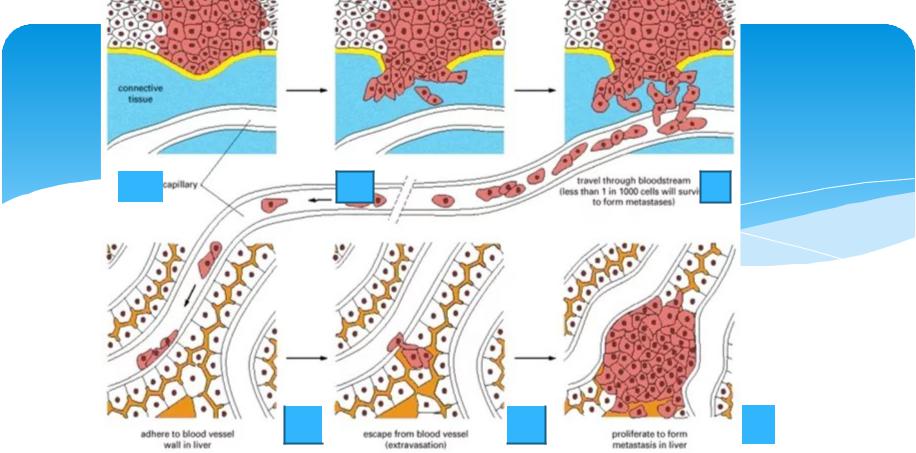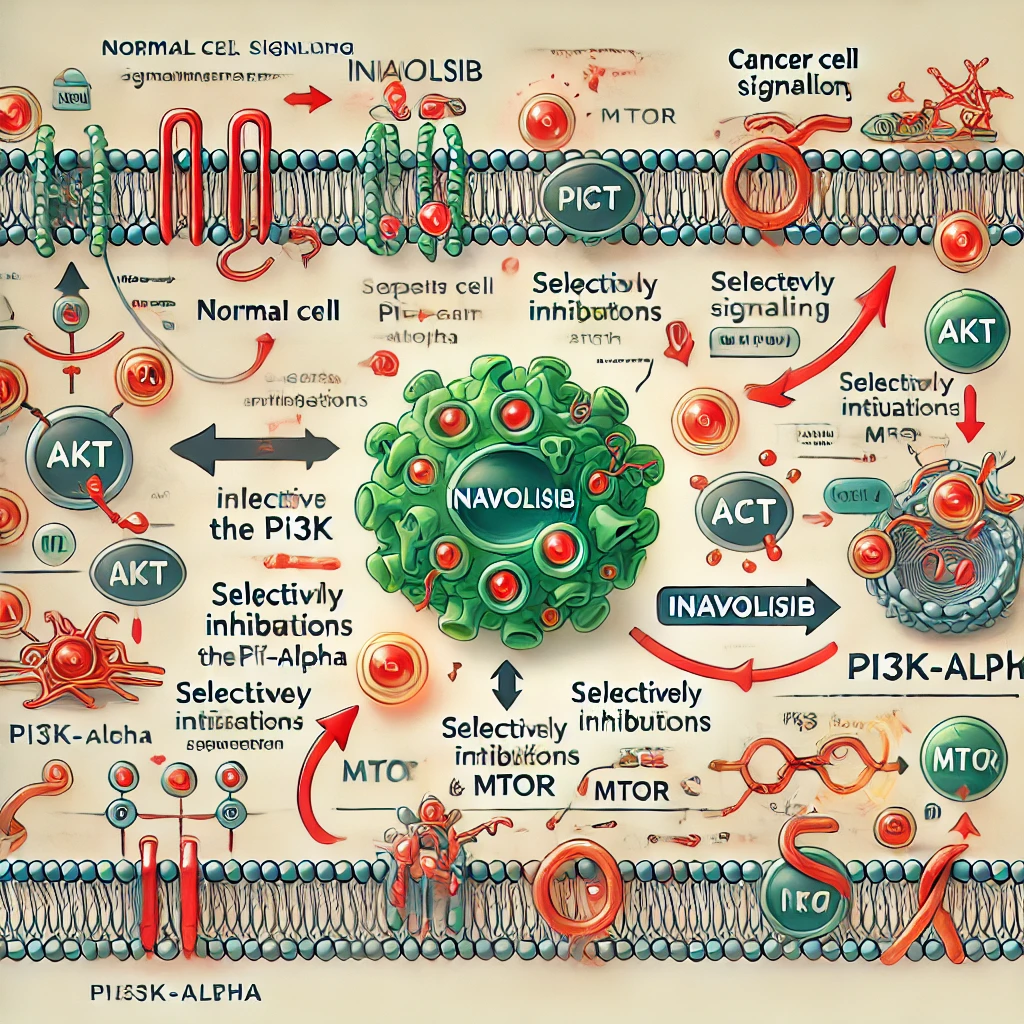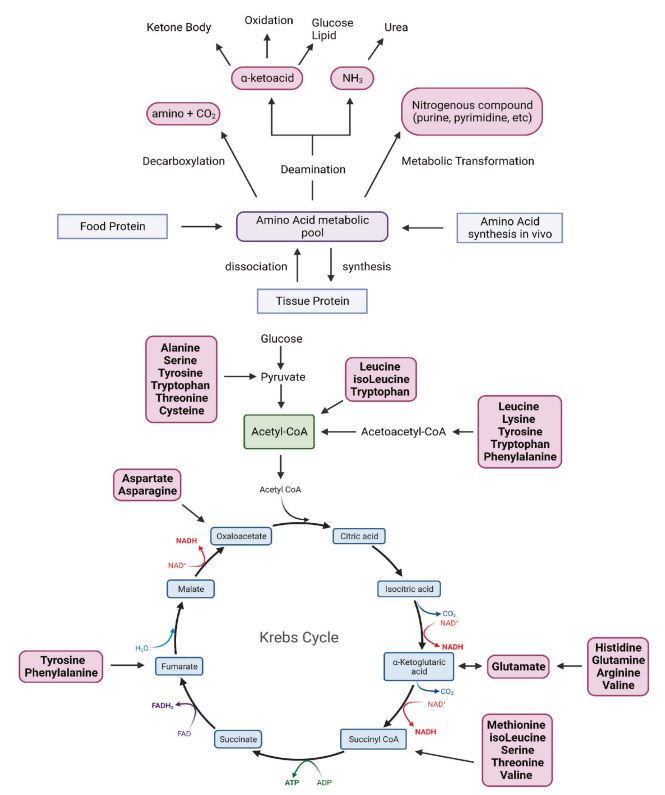Does Thymosin Beta 4 Really Have That Many Advantages?
Abstract
Tβ4 is one of the major actin regulatory molecules in the human body with multiple biological functions and plays an extremely important role in physiological and pathological processes such as tissue regeneration, remodeling, wound healing, maintenance of actin homeostasis, tumorigenesis and metastasis, apoptosis, inflammation, angiogenesis, and hair follicle development.
Introduction
Thymidine is a mixture of biologically active peptides secreted by the thymus gland, which contains a variety of active ingredients that can improve the immune status of the body, coordinate endocrine and increase the resistance of the body to bacterial and viral infections. Thymus β4 is a member of the thymic peptide β family. Thymus β4 consists of 43 amino acids, is hydrophilic and highly conserved in mammals. As one of the major actin regulatory molecules in the human body, thymosin Beta4 is widely distributed in a variety of tissues and cells in the human body and has multiple biological functions. Thymosin Beta4 plays an important role in tissue regeneration, remodeling, wound healing, maintenance of actin homeostasis, tumorigenesis and metastasis, apoptosis, inflammation, angiogenesis, hair follicle development and other physiological and pathological processes.
The results of numerous studies have shown that thymosin Beta4 is closely related to many physiological processes and has a very wide application potential for the treatment of various diseases such as myocardial infarction, dry eye, corneal injury, pressure ulcers, oral mucosal inflammation, and lung injury. The development of thymosin Beta4 has already entered the clinical research stage, and it is proposed to be used for the treatment of myocardial ischemia-reperfusion injury, acute lung injury, dry eye, corneal injury, and pressure ulcers.
Pro-angiogenic effect of thymosin Beta4
The incidence and lethality of ischemic cardiovascular diseases are increasing year by year, seriously endangering human health. The pathogenesis is complex, in which endothelial cell dysfunction is an important link leading to ischemic cardiovascular disease. Although mature endothelial cells are capable of repairing damaged endothelium,, their regenerative capacity is limited. Endothelial progenitor cells are a class of intravascular cell precursor cells that have the potential to differentiate into endothelial cells. Numerous studies have shown that endothelial progenitor cells play multiple roles in vascular repair and regeneration. However, the clinical application of endothelial progenitor cell transplantation is still facing many problems. Various cardiovascular diseases or cardiovascular disease risk factors such as age, hypertension, hypercholesterolemia and diabetes mellitus can reduce the number of circulating endothelial progenitor cells and impair the function of endothelial progenitor cells, which largely limits the application of endothelial progenitor cells in ischemic cardiovascular diseases. Therefore, improving endothelial progenitor cell function will be an important strategy for future endothelial progenitor cell transplantation therapy. Tβ4 was found to enhance the proliferation and migration of human peripheral blood endothelial progenitor cells and inhibit the apoptosis and senescence of human peripheral blood endothelial progenitor cells. tβ4 significantly increased the angiogenic capacity of endothelial progenitor cells with a quantitative effect, reaching the maximum effect at 1000 ng/mL. western blot assay showed that tβ4 promoted the phosphorylation of Akt Ser473 and eNOS Both Akt siRNA and eNOS siRNA significantly inhibited the effect of Tβ4 on promoting the angiogenesis of EPCs.
Other biological functions of thymosin beta 4
Thymosin β4 also has various biological functions: thymosin β4 induces terminal deoxynucleotidyl transferase (TdT) activity in bone marrow stem cells at the stage of developing into pre-thymocytes, thus regulating the differentiation of T cells; thymosin β4 can regulate the kinetic changes of actin and affect the formation of cytoskeletal structure by regulating the ratio between actin G and F. Meanwhile, it was found that thymus β4 has anti-inflammatory and wound healing effects, and can promote angiogenesis, collagen deposition and other repair processes at trauma sites, which makes thymus β4 have high medical value.
Actin accounts for approximately 10% of the total protein in non-muscle cells and is an essential component required for cell structure, cell motility and wound healing. Tβ4 in cells is sufficient to enclose all actin and can be involved in regulating actin polymerization and depolymerization. tβ4 binds to actin monomers in a 1:1 ratio, preventing the formation of F-actin aggregates. binding of tβ4 to actin is also accompanied by dissociation of the binding water, and its C-terminus binds to actin His-40, leading to a change in actin monomer conformation. tβ4 contains an actin-binding domain (LKKTET) in its molecular structure, which is the main electrostatic contact site. Its N-terminal prefragment can inhibit actin polymerization by spatial site blocking, and when acting alone, Tβ4 can inhibit actin polymerization and nucleoside exchange on actin, which is opposite to the effect of Profiling, another actin-binding protein, which can promote the exchange of ADP with Tβ4 and Profiling can synergistically regulate the assembly of actin. Tβ4 can regulate the conversion between G-actin and F-actin. It has been reported that in highly mobile blood cells, Tβ4 concentration reaches 300 pmol, while the concentration required for Tβ4 to bind G-actin is less than 20 pmol; at elevated concentrations, Tβ4 decreases F-actin disassembly, which may explain the function of Tβ4 in regulating the intracellular microfilament system.
Tβ4 promotes the migration, differentiation and extracellular matrix reconstruction of hair follicle stem cells, thereby regulating hair growth. Experiments in rats and mice revealed that a specific subpopulation of follicular keratinocytes originating from the hair follicle protrusion, where skin stem cells are present, highly co-expressed Tβ4 during the hair growth cycle. Stem cell migration and differentiation were enhanced when Tβ4 concentrations were at nanomolar levels, and the presence of Tβ4 also contributed to increased expression and secretion of the extracellular matrix degrading enzyme MMP-2.
Studies in a chick chorioallantoic membrane angiogenesis model showed that Tβ4 mRNA levels increased 5-fold when endothelial cells differentiated into tubules, and transfection of Tβ4 accelerated tubular formation in endothelial cell clones. It was also found that, mediated by transglutaminase (factor XIIIa), Tβ4 can link to fibronectin and collagen and play an important role in blood coagulation. In addition, in whole skin injury experiments in diabetic aged mice, Tβ4 accelerated the healing of large skin wounds and deep burns, promoted skin and corneal repair, and showed the ability to accelerate wound repair.
Wound healing is a complex biological process that can be divided into 3 distinct phases: inflammation, cell proliferation and tissue remodeling, with the gene expression of proteins associated with each phase being sequentially up-regulated and then down-regulated. For chronic trauma, the adjustment process is disturbed by unknown factors such as age, underlying diseases, and immunosuppressive drugs, leading to overproduction of inflammatory molecules, triggering excessive inflammation and preventing cell proliferation and tissue remodeling. Tβ4 has been found to reduce free radical levels, slow down lipid peroxidation, inhibit the production of inflammatory cytokines such as IL-1, macrophage inflammatory protein 1α (MIP1α), MIP1β, monocyte chemotactic protein-1 (MCP-1), and reduce the levels of thromboxane and prostaglandin 2α thereby reducing inflammation, and thus can be used in the treatment of inflammatory dysregulated diseases such as segmental ileitis, muscular dystrophy, and sarcopenia. ileitis, muscular dystrophy, etc.
Tβ4 is important for all aspects of coronary vascular development, significantly stimulating the growth of adult mouse epicardial grafts in quiescence, restoring pluripotency of fibroblasts, smooth muscle cells, and endothelial cells, and inducing their differentiation; knockdown of the cardiac Tβ4 gene resulted in a significant decrease in its pro-angiogenic shear product (AcSDKP) level, and injection of AcSDKP, although not restoring cardiac , but also significantly enhanced the differentiation of adult mouse epicardial precursor cells to endothelial cells, suggesting that Tβ4 and AcSDKP are potent coronary and pro-neoangiogenic stimulators and that adult mouse epicardial cells induced by Tβ4 can serve as a source of vascular regeneration and sustained regeneration of declining vessels at very low levels after cardiac damage.
Is thymosin beta 4 associated with multiple tumors?
Tβ4 gene expression was found to be upregulated in a variety of tumor cells, such as human medullary thyroid cancer, human colorectal cancer, highly malignant melanoma, breast cancer, and oral squamous epithelial cell carcinoma, etc. Tβ4 can effectively induce the expression of vascular endothelial growth factor to promote angiogenesis, activate cell migration, and make the tumor malignant. Tβ4 has anti-apoptotic ability, and its increased expression can reduce the degree of apoptosis, probably because Tβ4 inhibits the release of cytochrome C and disrupts the initiation of apoptotic process, which is another important feature of malignant tumors.
Thymosin β4 has been shown to promote wound healing after corneal burns and modulate the production of some key cytokines in the treatment of various ocular trauma models. It was found that thymosin β4 decreased matrix metalloproteinase expression and promoted extracellular matrix remodeling and cytokine activation, i.e., matrix metalloproteinase activity was inhibited, contrary to the conclusion reached in thymosin β4-treated skin trauma models, suggesting that specific enzyme regulatory pathways can be either up- or down-regulated during the repair of injured tissue.
Prospects
As the mechanism of Tβ4 at the molecular level is further elucidated and clinical application research continues to progress, its clinical application value will be verified and future application prospects are worthy of anticipation.




